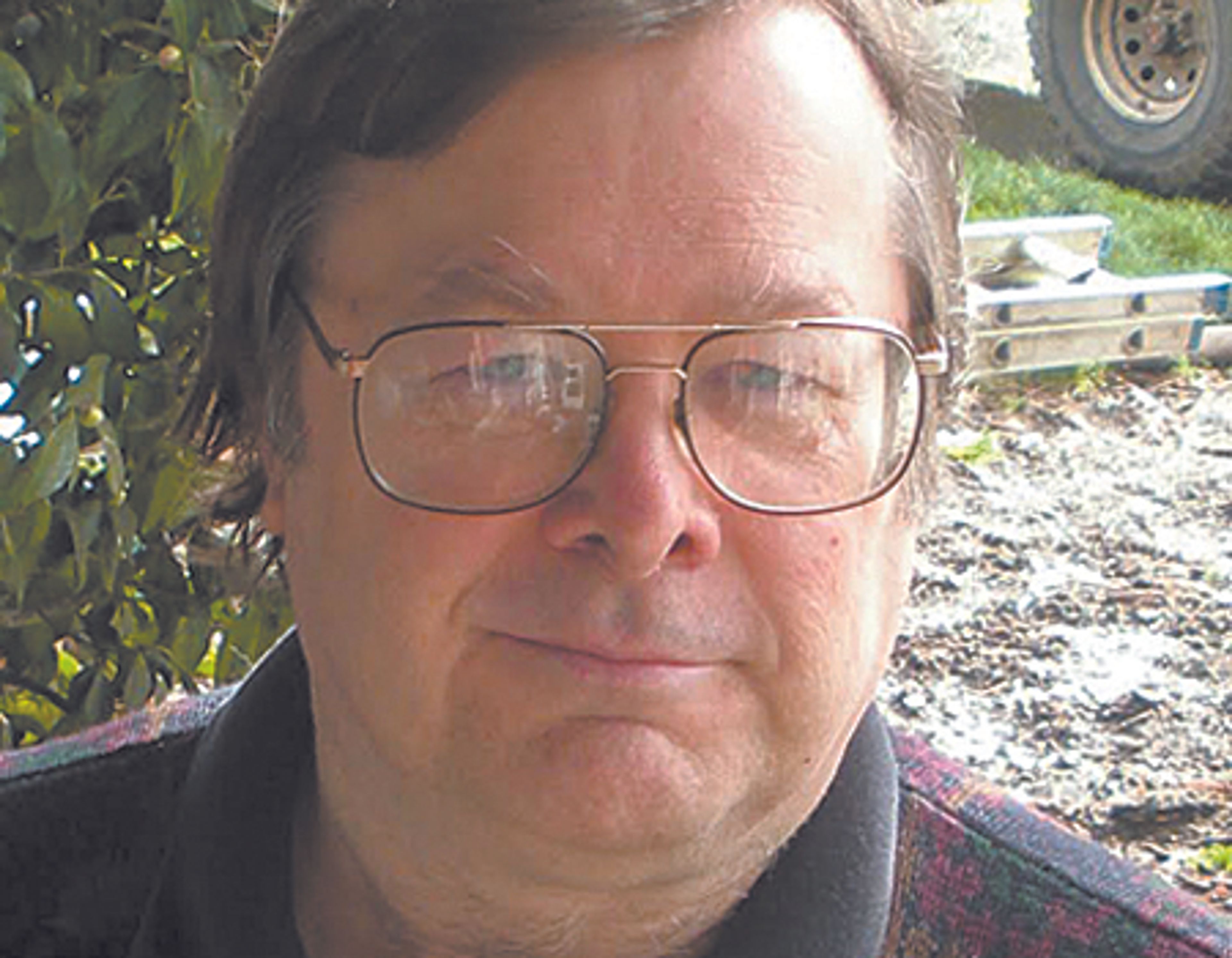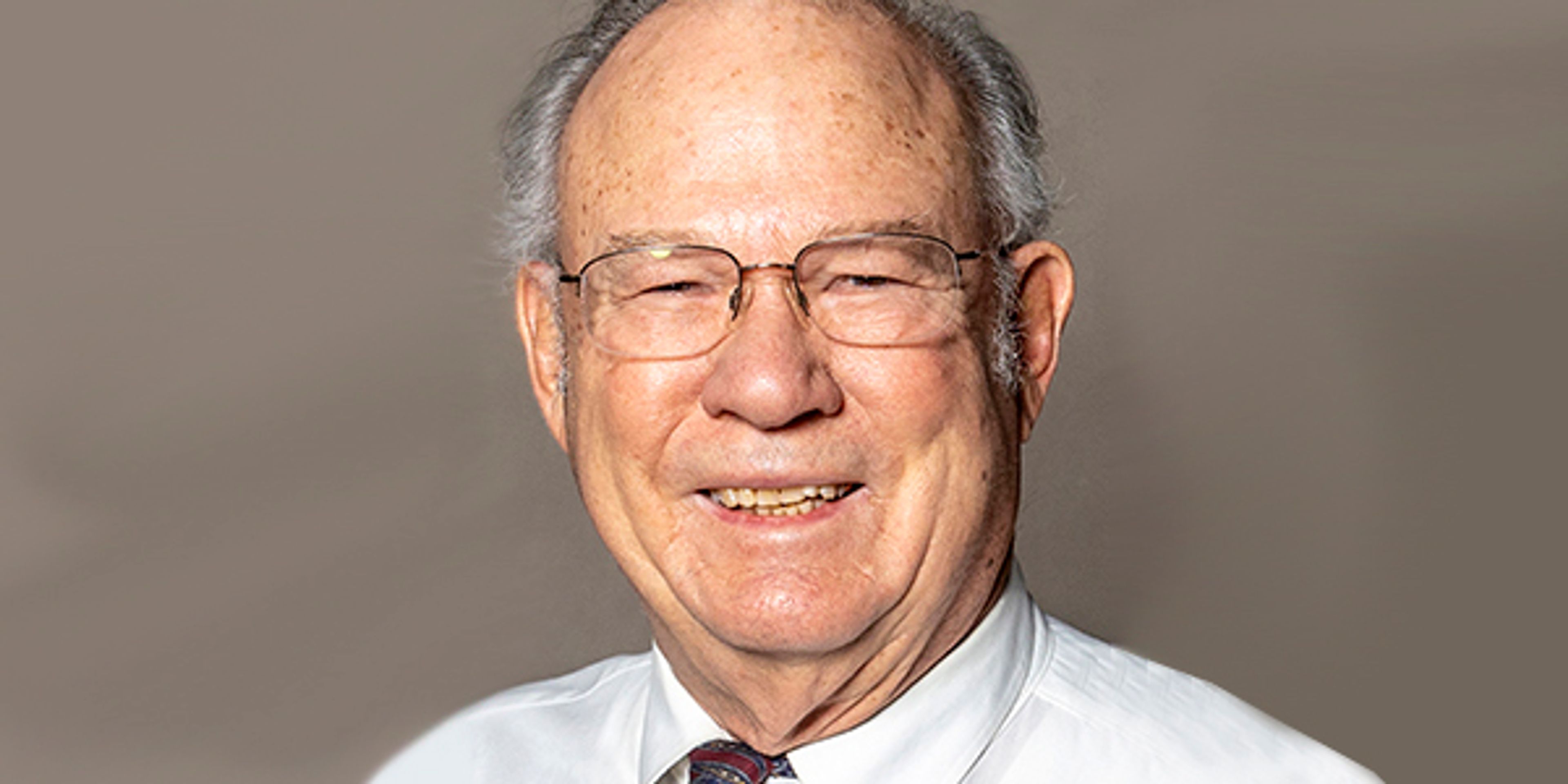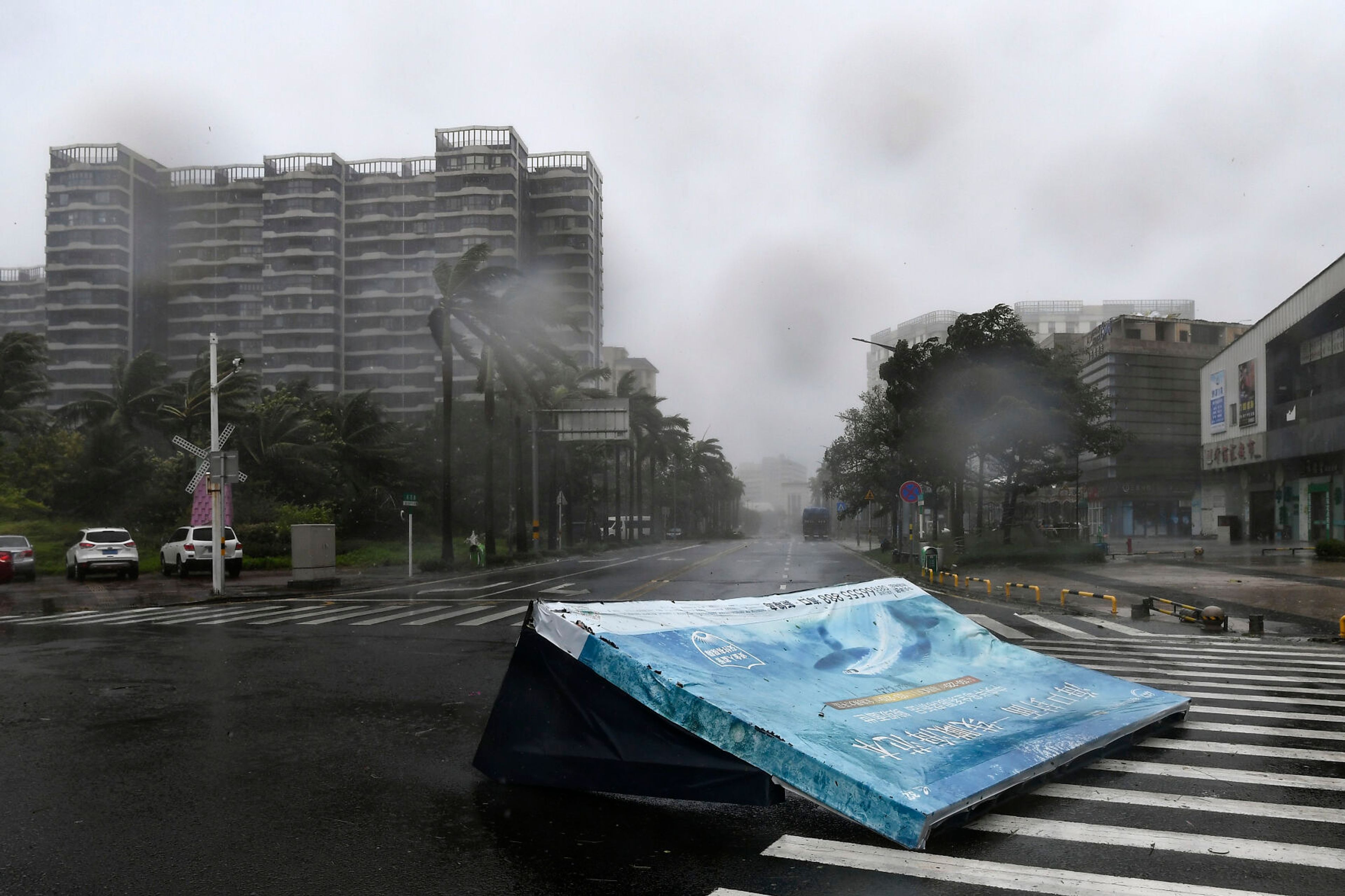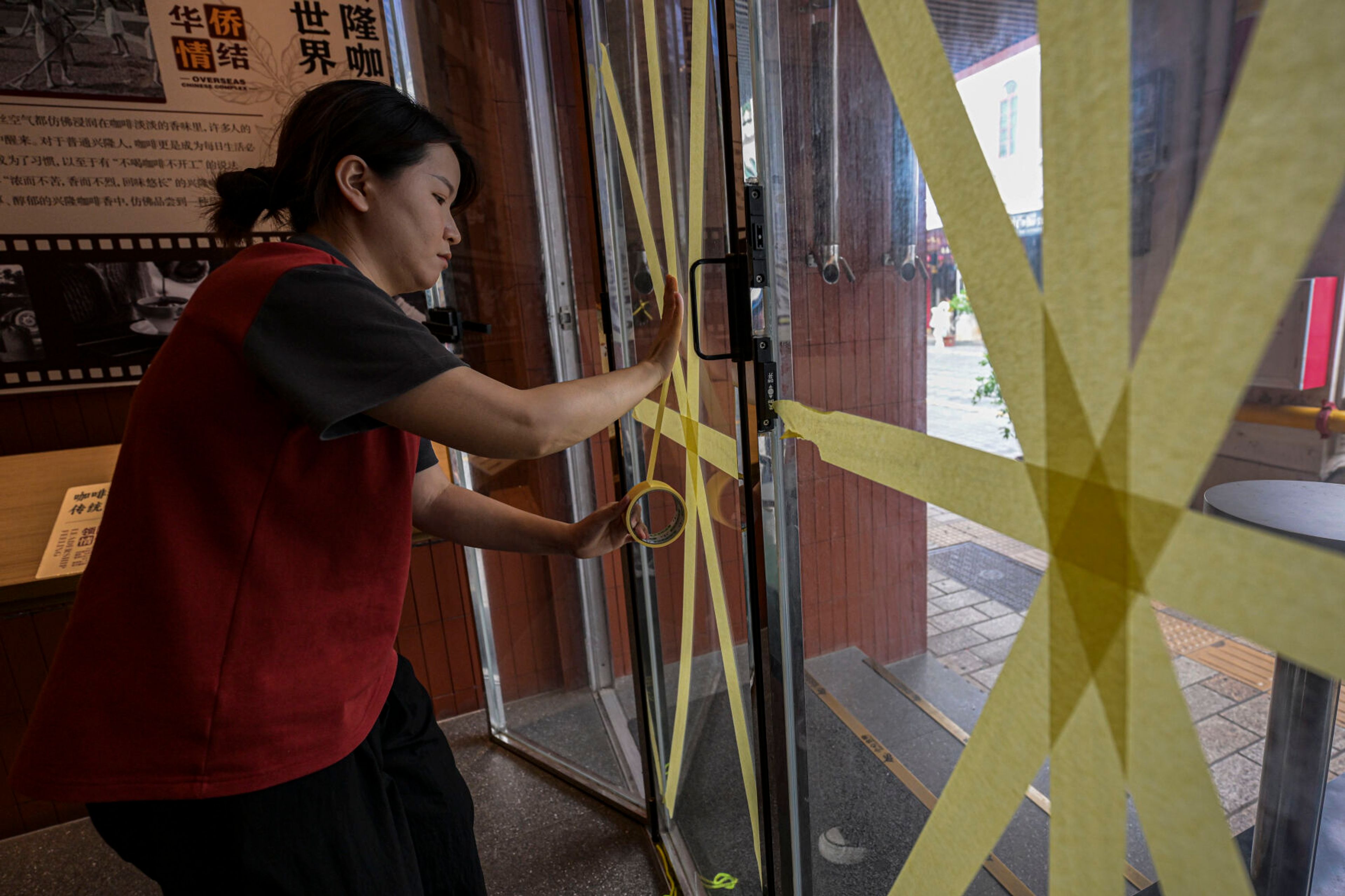OPINION: Excessive heat in Pacific Northwest is here to stay
Guest Editorial: Another Newspaper’s Opinion
This editorial was published in The Columbian of Vancouver, Wash.
———
There is some good news, we suppose. The temperature is not expected to approach 115 degrees in the next couple of days.
That was the apex of a heat wave that engulfed Clark County three years ago, with Vancouver’s temperature of 115 on June 28, 2021, being the highest ever recorded in southwest Washington. That record appears unlikely to be challenged soon, but the National Weather Service has issued an excessive heat watch to run through Sunday evening.
The forecast is for temperatures to reach 102 degrees. Hardly historic, but enough to cause some discomfort and enough to pose a danger for residents experiencing prolonged exposure.
That makes it timely to share advice from health professionals. Among the tips:
Remain indoors in an air-conditioned location if possible. A list of cooling centers can be found at 211info.org.
Do not leave children, older adults or pets in a parked car, even for a short time. “Temperatures can rise rapidly in parked vehicles, even with the windows rolled down,” Clark County Public Health reports on its website.
Drink plenty of nonalcoholic fluids.
Wear light clothing and use sunscreen if outside.
Check on neighbors or loved ones who do not have access to air conditioning.
Limit use of a stove or oven to avoid heating your home.
If you are feeling the effects of heat, take a cool bath or shower.
Schedule outdoor activities to avoid the hottest part of the day.
Be particularly cautious using fireworks or building campfires in the woods, because warming temperatures increase the risk of wildfires.
These tips reflect common sense, but they are easily overlooked when we are not accustomed to extreme heat. They also can be easy to forget if we are outside enjoying some holiday or weekend free time.
While the people of the Northwest have grown accustomed to a relatively mild climate, we can expect extreme weather conditions to become more common because of climate change. The U.S. Environmental Protection Agency reports that heat waves are becoming more frequent and lasting for a longer duration throughout the country.
And although it does not receive the attention of extreme weather events such as floods, hurricanes and tornadoes, extreme heat annually results in more U.S. deaths than those events combined.
That is particularly problematic in the Northwest. As Portland State University professor Vivek Shandas told CNN: “Unfortunately we’re not well-prepared, generally speaking in the Pacific Northwest, for heat. Our (power) grids are largely taxed during the wintertime for heating purposes, but in the summer, there’s a lot less capacity in the grid to be able to actually manage some of the major drains on cooling infrastructure that’s needed.”
Temperatures above 100 degrees are an outlier in this part of the country, but they are becoming more common. And they are having an impact.
A report from the U.S. Department of Agriculture concluded that the 2021 heat wave contributed to 250 deaths in the Northwest, caused some roads to buckle and placed stress on hospitals. The report adds: “Our future odds of experiencing once ‘unprecedented’ events like the 2021 heat dome will grow.”
In other words, it might seem excessively hot this weekend, but it’s actually our new normal.
TNS








